Shockingly fast way to deflect asteroids found
What if we find an asteroid that is on crash course with Earth? On top of it, there is no time to prepare as it has caught NASA by surprise and will crash very soon.
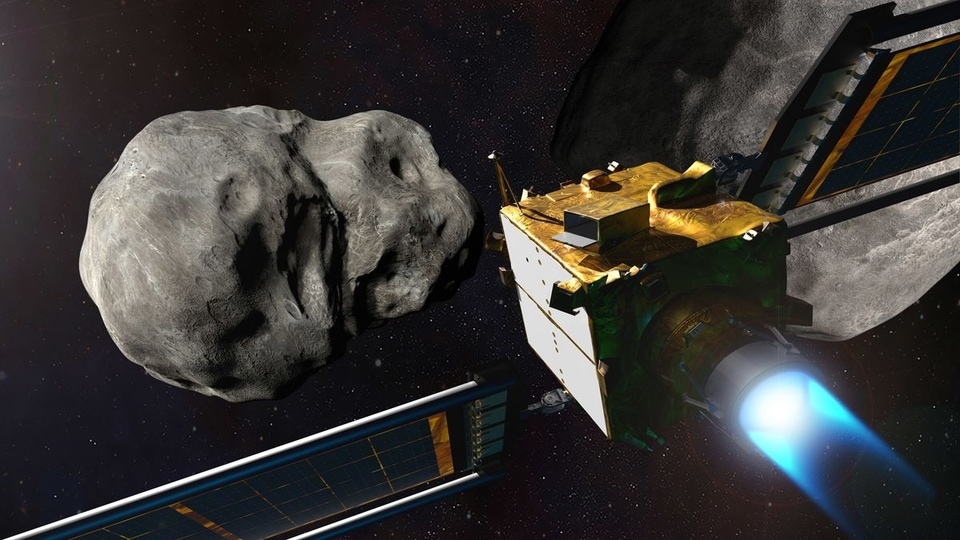
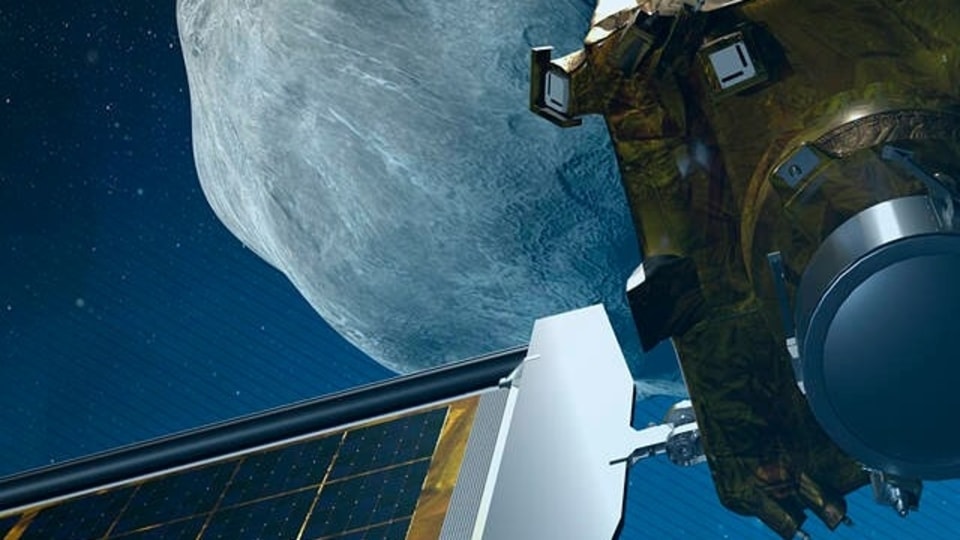
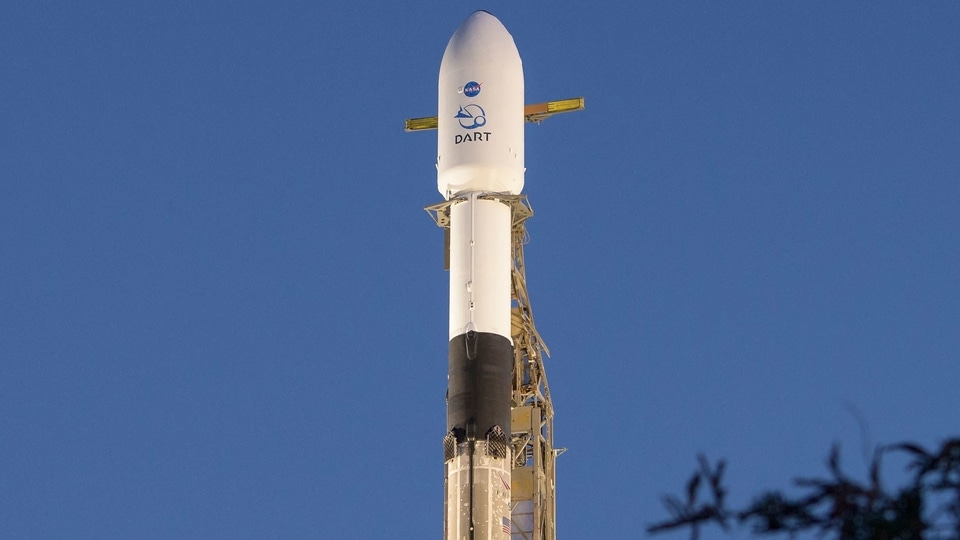
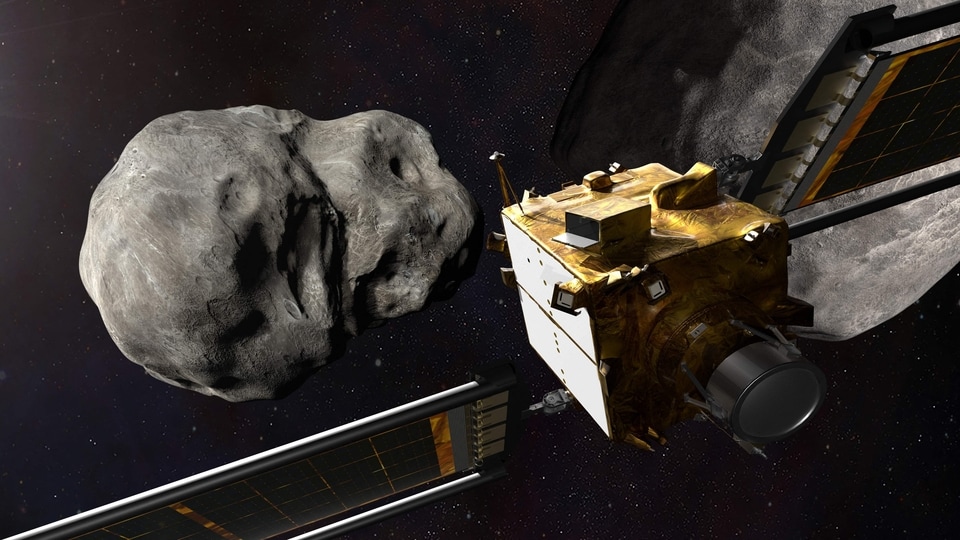
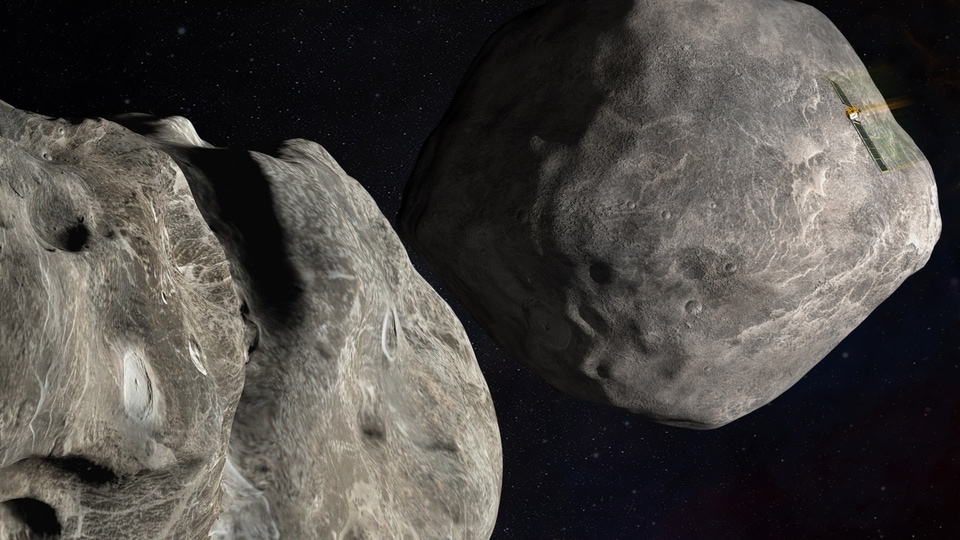
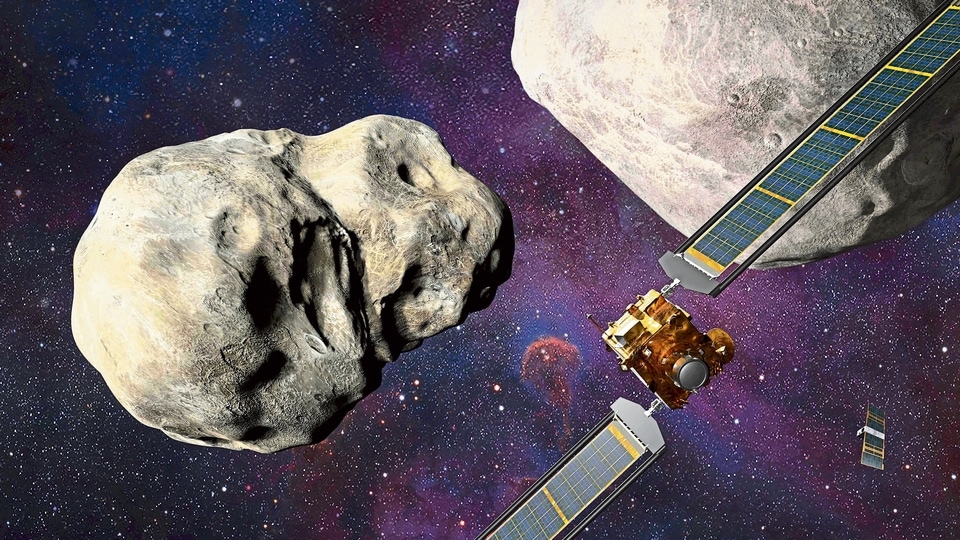
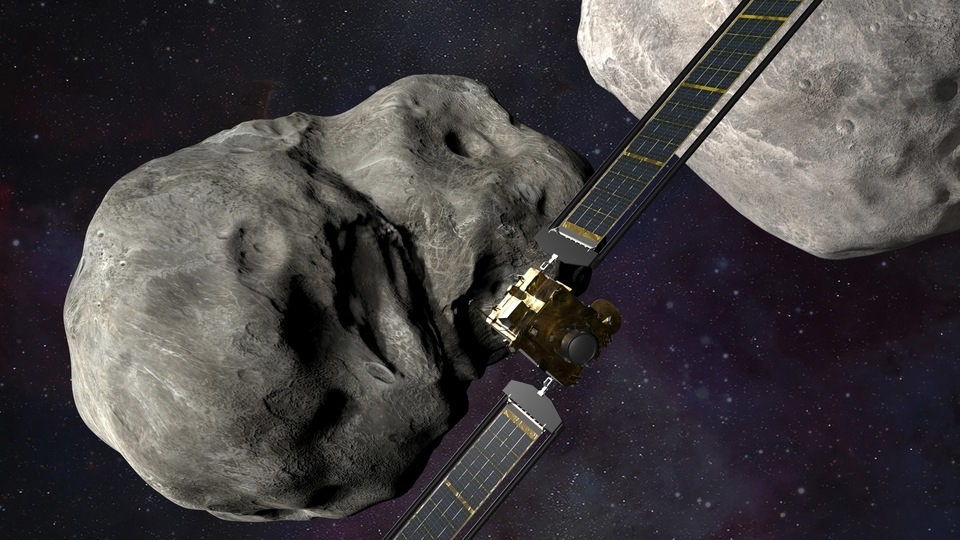
 View all Images
View all ImagesHollywood has always fantasized about the end of the world caused by malicious asteroids. Apocalyptic movies like Deep Impact, Armageddon and Don't Look Up have explored the ‘What Ifs' of world destruction, with the most famous means of world destruction being asteroids crashing into Earth. If you've ever wondered what would happen if such an asteroid headed for Earth, then NASA already has an answer for you with its DART Mission. NASA successfully deflected an asteroid of its course in a first-of-its-kind mission just months ago. But what if an asteroid comes suddenly out of nowhere and gives us no warning or time to prepare? Scientists they can build a rapid-response kinetic impactor mission quickly. Their focus was on developing a Guidance, Navigation, and Control (GNC) system for a Kinetic Impact mission.
Kinetic Impactor mission
A recent study was conducted by Adalberto Dominguez, Víctor M. Moreno, and Francisco Cabral, three researchers working with Spanish satellite developer GMV. According to the study, the team have devised a Guidance, Navigation, and Control system required for an immediate kinetic impact mission to deflect an asteroid off its course. According to Universe Today, space agencies have 3 contingency plans in case of a potential asteroid impact – gravity tractor, nuclear standoff and kinetic impactor.
Speaking to Universe Today via email, Dominguez said, "The applicability of the nuclear standoff is still to be demonstrated, and their target would be asteroids with a diameter in the order of several km. Those asteroids are not a threat nowadays, as the great majority are monitored. Moreover, the Outer Space Treaty of 1967 banned nuclear detonations in outer space. The gravity tractor targets more interesting asteroids in the order of hundreds of meters. There is a great percentage of asteroids of this size to be discovered, and the impact could imply the destruction of an entire city. Nevertheless, the gravity tractor would require several years to deviate this asteroid.”
As a result, the kinetic impactor is the best bet for deflecting asteroids on short notice.
The success of NASA's DART Mission was mainly due to its cutting-edge technology. The DRACO system along with Small-body Maneuvering Autonomous Real Time Navigation (SMART Nav) algorithms aboard the DART spacecraft allowed it to distinguish between the larger Didymos and its target Dimorphos, striking the asteroid with precision accuracy, according to NASA.
The state-of-the-art GNC system designed by the researchers could pave the way for short-notice autonomous kinetic impact missions to deflect a Potentially Hazardous asteroid which comes for Earth and prevent global extinction.
Catch all the Latest Tech News, Mobile News, Laptop News, Gaming news, Wearables News , How To News, also keep up with us on Whatsapp channel,Twitter, Facebook, Google News, and Instagram. For our latest videos, subscribe to our YouTube channel.


























